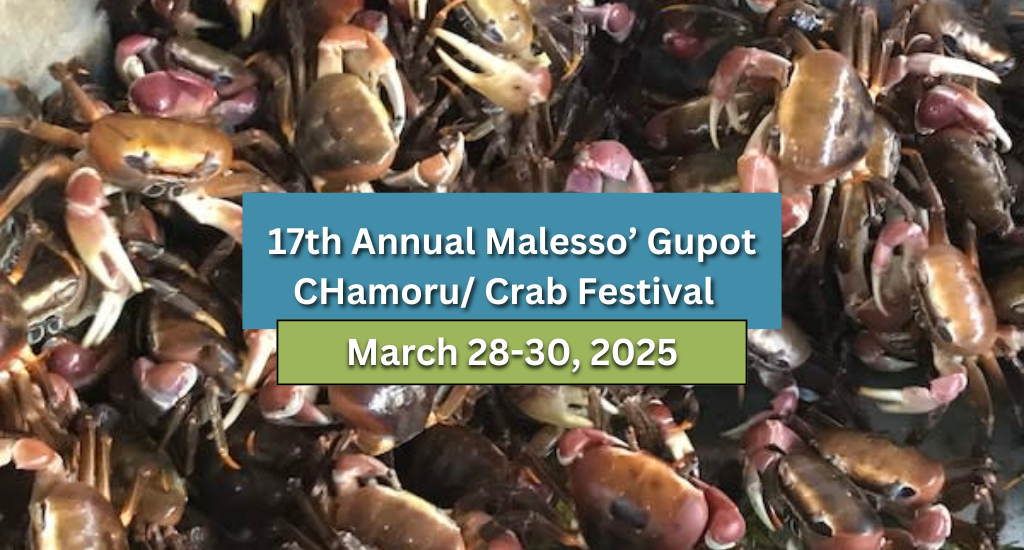Guam is home to diverse scenic spots perfect for an array of activities. If you’re looking for an island where you can explore prehistoric caves, lush greenery, and picturesque beaches, Guam may be the one for you. On top of these, you can try your luck in fishing groupers and wrasse. If you’re looking for a different setting for angling, you can also try freshwater fishing in Guam.
But before you delve into freshwater fishing, you must know the basics of Guam’s freshwater fishing. This way, you’d make the most of your experience and have your best catch. For that purpose, here’s an article to guide you. So read on!
WHAT YOU NEED
Many tourist anglers consider Guam a fishing paradise since the territory doesn’t require a fishing license. However, suppose you’re fishing on its lake and rivers. In that case, you must still think about the rules implemented by the island’s fishing board since freshwater fishing is prone to overfishing and habitat damage.
Primarily, the fishing rules restrict fishing activity. For this purpose, anglers should use the appropriate equipment and fish only up to the maximum quantity allowed. Visiting fishing stores, such as Melton Tackle, is an excellent way to find suitable items that may include the following:
Rod And Reel
Choosing between rods and reels depends on which fishing method you’d apply—lure or bait. An excellent dropshot rod is ideal for soft lures, while jig rods are for heavier lures for big fishes. If you’re a beginner, you may try a medium action rod, ranging from 8–20lbs, as it suits freshwater fishing well because of its average weight and length.
In addition, you must also consider the faction action of the rod. It tells the sensitivity rating and the casting distance of the rod. If your fishing space is limited, you may stick to a more controllable rod and reel. On the other hand, you can use rods with longer flexes if the freshwater is wide enough for longer casting.
Lines
If you’re still new to freshwater fishing, you may start with monofilament lines. If the stream or river you’re in is rocky, you may use the abrasion-resistant fluorocarbon lines, which are typically invisible underwater, and ideal for clear waters. If you’re after large species, you must use the lines with larger diameters or the braided ones.
Tackle
Tackles can be the collective term for weights, hooks, and floats. Weights affect the casting distance and are a primary consideration in keeping the line and hook underwater. You can use basic split shot weights if you prefer a hassle-free option. In choosing hooks, consider the types that are sharp and long-lasting. Lastly, floats signal that a fish is eating the bait. In considering this tackle, choose what’s effective and inexpensive.
Bait And Lure
If you’re a beginner, you may use nightcrawlers as bait. They’re easy to hook, and most freshwater fishes eat them. You may also hook shiners and similar fishes with shiny appearance to bait freshwater species, such as bass. If your fishing skills are more than the basics, you can already try lures, such as soft plastics and spinnerbaits.
Best Freshwater Fishing Spots
If you already have the fishing essentials, consider choosing the freshwater fishing spots, which are also perfect spaces for breathtaking views. Here are the common fishing points you can select from:
Masso Reservoir
Apart from its scenery, Masso Reservoir is a great space for freshwater fishing. Some of the common species one may chance to encounter are tilapia and eel. It’s believed that the fishes in the reservoir tend to be more attracted to live baits than lures.
Talofofo River
This is situated near Mount Lamlam, Inarajan, Guam. It features vast latte stones, rocky slopes, and a tributary. It’s also known for giant trevally, mangrove jack, and catfish. Residents suggest using live bait and avoiding soft plastics as a lure.
Agana Swamp
If you’re after large species, such as largemouth bass, Agana Swamp could be the one for you. You can also catch other species, including redbelly tilapia, guppy, bighead catfish, and common carp.
BEST FRESHWATER FISHING SEASON IN GUAM
Freshwater fishing can be productive in Guam all year round. However, it’s suggested to avoid trying fishing during typhoon season. Many anglers consider spring and fall best for lake and river fishing. To make the most of these periods, anglers typically refrain from fishing on days with extreme weather conditions.
WRAPPING UP
If you’re considering freshwater fishing in Guam, consider taking the insights this article offers. This includes the fishing essentials and the spots and seasons best for freshwater fishing. If you’re looking for more tips and tricks, you may talk to a seasoned angler or tourist to know more of ideas that’d help you explore and enjoy your fishing adventure in the lakes and rivers.











